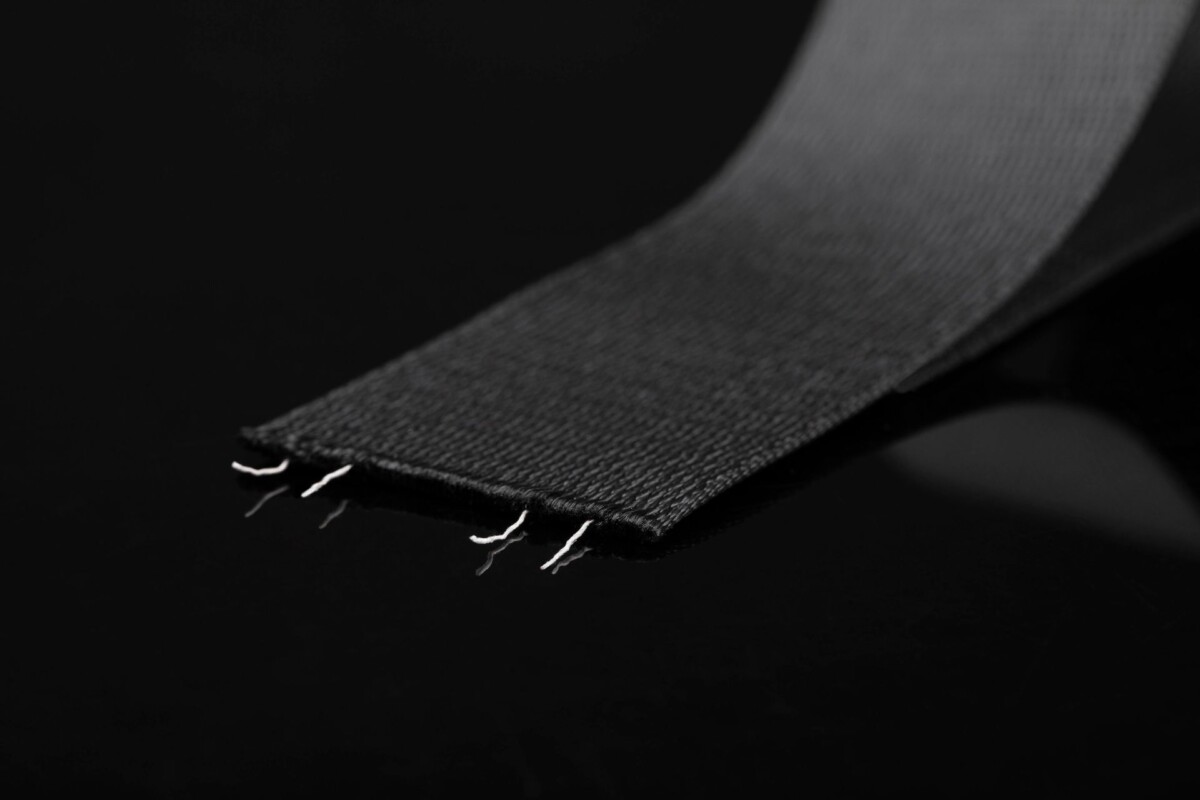The equipment manufacturer ZF unveiled at CES in Las Vegas an innovative system of heated seat belts. The goal: to reduce the energy consumption of electric cars and thus improve their autonomy.
If we ask motorists what prevents them from taking the plunge and going electric, there is a good chance that they will answer autonomy. Along with the price, this parameter is indeed one of the main brakes on the purchase, even if zero-emission cars (at the exhaust) are still meeting with growing success, overtaking diesels at the end of 2022. .
If it is not yet possible to travel thousands of kilometers without having to stop to plug in (although the Chinese manufacturers claim the opposite), while waiting for the solid battery, the manufacturers are still working on solutions to reduce energy consumption and therefore improve autonomy.
A simple but effective idea
And for that, all means are good. For many years, designers have been making particular a lot of work on the aerodynamics, as at Mercedes with an EQS displaying a Cx of only 0.20. However, the record remains beaten by the Lightyear 0 whose Cx is 0.175 Cx and which can travel 11,000 kilometers per year only thanks to solar energy. Other solutions are also implemented, such as the use of a heat pump.
This system, present in certain models such as the Renault Mégane E-Tech or the Kia EV6 then uses cold ambient air to create heat, and vice versa, consuming 4 to 6 times less than conventional heating. It is also possible to use the heated seats, which also require much less energy. This is why it is recommended to turn on the heating during charging. then stop using than these for the rest of the trip.

But now an equipment manufacturer has had a brilliant and yet very simple idea, which should make it possible to reduce the consumption of electric cars even more in the near future. This is the German company ZF, which took advantage of the CES in Las Vegas to unveil this innovation, detailed in a press release just published. It is then a question ofa heated seat belt, a system never before installed on a production vehicle. And we wonder why, because the idea is rather clever.
Indeed, it diffuses heat directly and efficiently the body of the driver and his passengers and makes it possible to do without conventional heating. Only 70 watts would then be needed to achieve a maximum surface temperature of 40 degrees. Thus, and according to the company, this system allowing reduce electricity consumption by approximately 15%by combining this solution with other contact heating devices such as heated seats and steering wheels.
Easy installation
A figure which may however seem a little optimistic, and which should be taken with a grain of salt all the same. Because this would then be reached in very specific conditions, especially in very cold weather. To compare, the savings generated by a heat pump would be 20 to 30%.
Where the belt stands out is that it should arguably cost a little less, thanks to its relatively simple design. Indeed, and as ZF explains, this system consists of many heating wires, directly woven into the structure of the seat belt. Thus, the dimensions and especially the thickness do not change, while the level of effectiveness in the event of an accident is strictly identical.

The company also specifies that the operation is unchanged from a conventional system. Even better, it is not necessary to install a specific winder, which means that this solution can fit all cars. It will therefore be possible to integrate it on cars already in circulation.
In addition, it is also possible that manufacturers install these heating belts by default in their vehicles and then offer a subscription to take advantage of it. This is already done with certain options such as heated seats at BMW, for around twenty euros per month. A simple remote update would then be necessary to activate their operation.
To follow us, we invite you to download our Android and iOS application. You can read our articles, files, and watch our latest YouTube videos.


